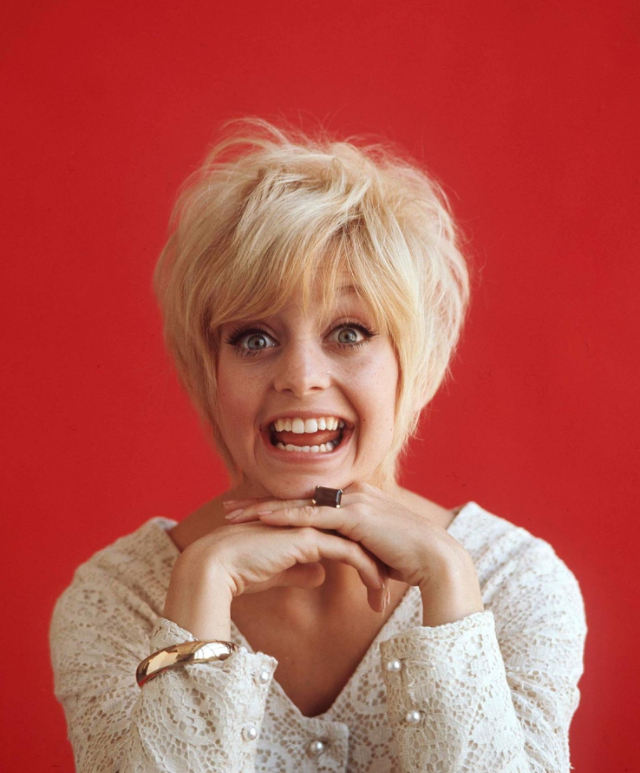Jamie Lee Curtis is an actor whose career has spanned from her debut in Halloween to her Oscar win for Everything Everywhere All at Once.
Jamie Lee Curtis was born November 22, 1958, in Los Angeles, to actors Tony Curtis and Janet Leigh. She has one sister and four half-siblings. Her parents divorced when she was 4, and she said Tony was “not interested in being a father” after the divorce; media reports stated he removed Curtis and her siblings from his will before he died.
Although introduced to show business an early age, Curtis didn’t immediately decide to become an actor. She was a cheerleader at the all-girls Westlake School in Los Angeles and graduated from the prestigious Choate Rosemary Hall in Connecticut in 1976.
Following a semester at the University of the Pacific, Curtis was convinced to audition for a role as teenage detective Nancy Drew. Although she didn’t get the part, she soon dropped out of school to pursue acting.
Curtis initially landed spots on such shows as Quincy M.E. and Columbo. She even earned a role on the short-lived military comedy television series Operation Petticoat, which was based on a 1959 film that starred her father. It turned out to be a false start. She barely got in one speaking line per episode before being dismissed, along with most of her castmates, at the end of its disappointing first season.
Curtis’ real breakthrough came in 1978, when the 19-year-old actor starred in John Carpenter’s classic horror movie Halloween. A low-budget flick about a psychopath who stalks a group of babysitters, there was no guarantee that this would resuscitate her fledgling career, and Carpenter didn’t even want her for the role, preferring actor Anne Lockhart for the part. But when Lockhart turned down the role, Carpenter warmed to Curtis after producers felt her family connection to Janet Leigh would invoke the iconic imagery of Alfred Hitchcock’s 1960 film Psycho.
Halloween went on to gross $47 million over the course of its initial theatrical run, making it one of the most profitable movies in history based on initial investment. However, she found few job offers in the initial aftermath of the film’s unexpected success and struggled with typecasting in the horror genre. Her roles in Prom Night (1980), The Fog (1980), and Halloween II (1981) resulted in the actor becoming known as the “Scream Queen.” Below are some amazing photographs of a young and beautiful Jamie Lee Curtis from the 1970s:












































